Tracing Lowercase Letter Worksheets: The Ultimate Roadmap for Proven Results
Updated: March 13, 2023
1330
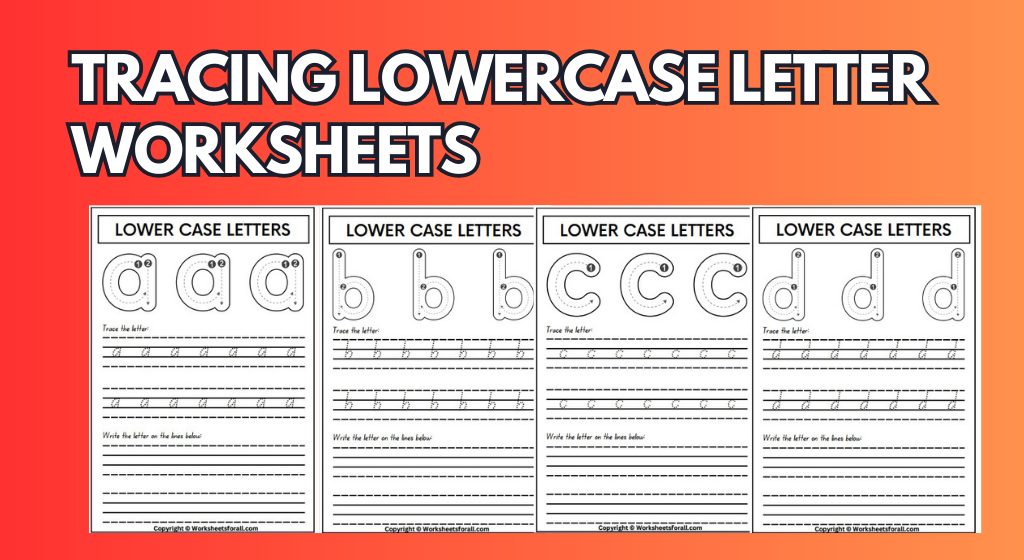
Learning how to write and recognize letters is a crucial skill for any child. Among the first steps towards developing this skill is tracing letters. Tracing lowercase letter worksheets help children develop their fine motor skills, hand-eye coordination, and letter recognition. In this article, we will guide you through everything you need to know about tracing lowercase letter worksheets and tracing small alphabet worksheets a to z.
Free Printable Tracing Lowercase Letter Worksheets
Why Tracing Lowercase Letter Worksheets are Important?
ABC lowercase tracing worksheets are essential for children in their early stages of learning how to write. Here are some reasons why free printable tracing lowercase letters worksheets are important:
Enhances Fine Motor Skills
Tracing letters involves making small and controlled movements. Children can develop their fine motor skills through tracing lowercase letters, which will help them write more accurately and legibly.
Develops Hand-Eye Coordination
Tracing letters involves using hand-eye coordination, which is essential for writing, drawing, and other tasks. As children trace letters, they learn to coordinate their hand movements with what they see.
Builds Letter Recognition Skills
Tracing lowercase letters worksheets help children recognize and memorize letter shapes. As they trace, they become more familiar with the letter’s shape, which will help them identify and write the letter more easily.
How to Use Tracing Lowercase Letter Worksheets?
Tracing lowercase letter worksheets are easy to use and require no additional equipment. Follow these simple steps to use tracing lowercase letter worksheets:
- Choose a free printable lowercase letters worksheet that focuses on the letters your child needs to work on.
- Provide your child with a pencil or marker.
- Instruct your child to trace the letters carefully, staying within the lines.
- Encourage your child to repeat the tracing process several times until they become comfortable with the letter shape.
- Allow your child to practice writing the letter without tracing after a few successful attempts.
Tips for Creating Effective Tracing Lowercase Letter Worksheets
Tracing worksheets are effective tools for teaching children to write. Here are some tips to help you create effective tracing lowercase letter worksheets:
Keep the Worksheets Simple
ABC lowercase Tracing worksheets should be simple and uncluttered. Avoid using too many colors, designs, or patterns that can distract children from the task at hand.
Use Clear and Large Fonts
Use clear and legible fonts that are easy for children to recognize and trace. Avoid using fonts that are too small or complicated.
Use a Dotted Line Font
Using a dotted line font can help children visualize the shape of the letter they are tracing. This can help them develop better letter recognition skills.
Add Visual Cues
Adding visual cues such as pictures or words that start with the letter being traced can help children connect the letter’s shape to its sound.
Tracing Small Alphabet Worksheets A to Z
Tracing small alphabet worksheets from A to Z is considered a useful and engaging activity for children learning the basics of the English language whether they are in kindergarten or preschool children. By tracing each letter, children can improve their fine motor skills and develop letter recognition and writing abilities. These tracing small alphabet worksheets a to z can be used as a standalone activity or as part of a larger curriculum for teaching the English language, making them a convenient and affordable learning resource for preschool children parents and teachers of kindergarten.
Conclusion
Tracing lowercase letter worksheets are a valuable tool in helping children learn how to write. Through abc lowercase tracing worksheets, children develop their fine motor skills, hand-eye coordination, and letter recognition. Creating effective tracing worksheets involves keeping them simple, using clear fonts, and adding visual cues. With these tips, you can help your child develop their writing skills and set them up for success.
What is the best age to start tracing lowercase letters?
Children can start tracing lowercase letters as early as 3-4 years old.
How many times should my child trace a letter?
Encourage your child to trace each letter at least 3-4 times.
Can I create my own tracing worksheets at home?
Yes, you can create your own tracing worksheets using free online tools or creating them yourself using a word processing program.
Should I use uppercase or lowercase letters when creating tracing worksheets?
It is recommended to start with lowercase letters as they are more commonly used in writing.
How long should my child spend on tracing worksheets each day?
It depends on your child’s age and attention span. Generally, 10-15 minutes of tracing per day is a good starting point.
Can tracing worksheets be used for children with learning difficulties?
Yes, tracing worksheets can be beneficial for children with learning difficulties as they help develop fine motor skills and hand-eye coordination.
How can I make tracing worksheets more fun for my child?
You can make tracing worksheets more fun by using colorful pens, adding stickers or rewards for completing the worksheet, or incorporating games into the tracing process.
Are there any online resources for tracing worksheets?
Yes, there are many free online resources for tracing worksheets that you can access and print out for your child to use at home.
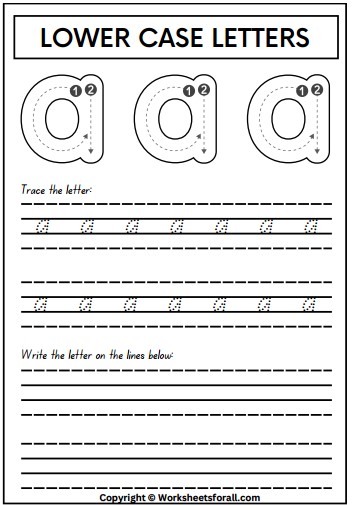
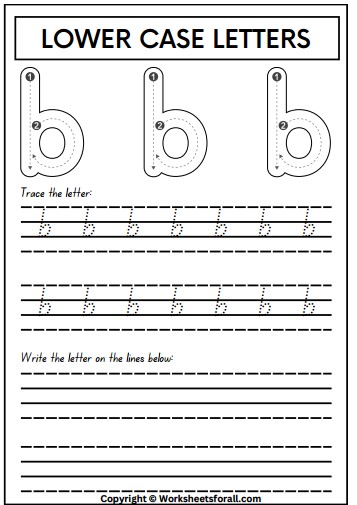
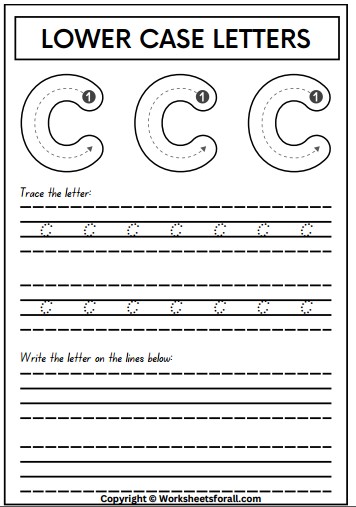
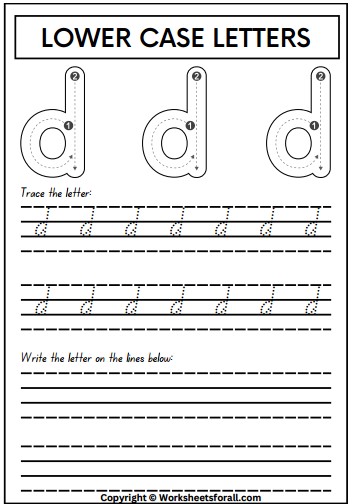
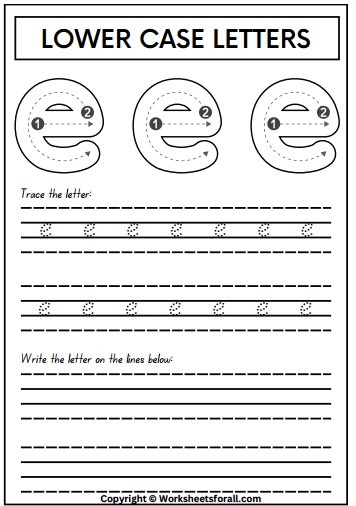
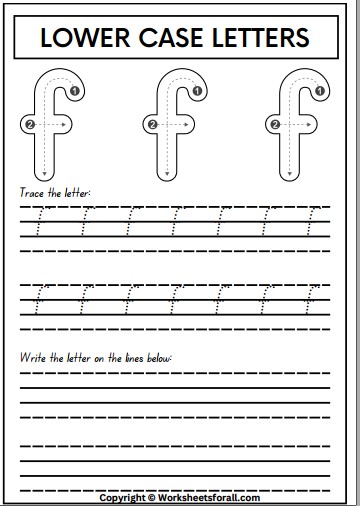
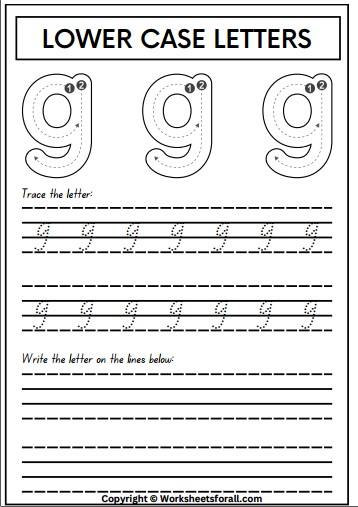
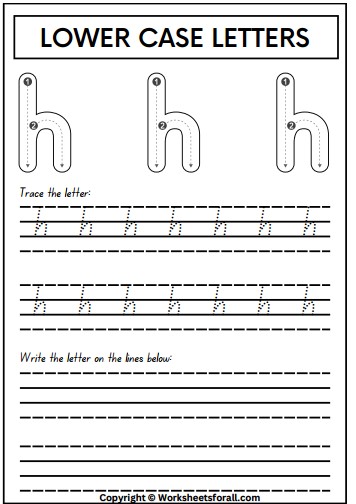
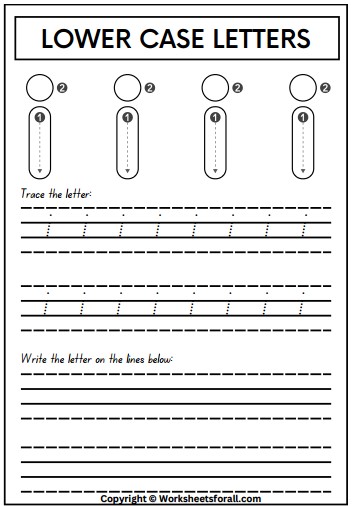
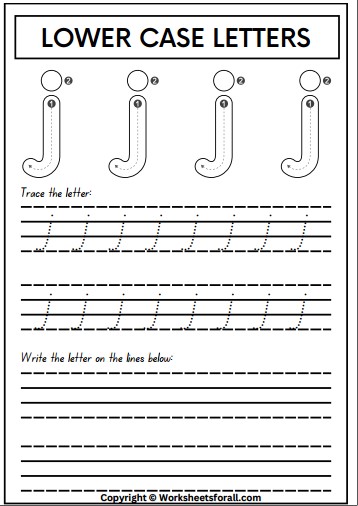
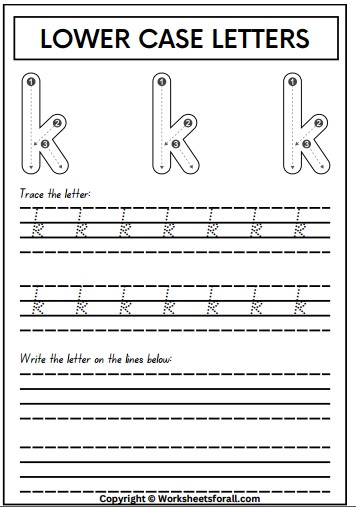
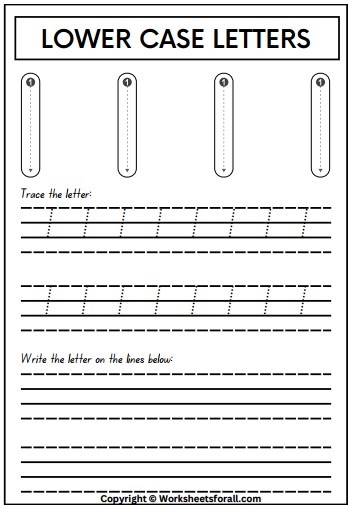
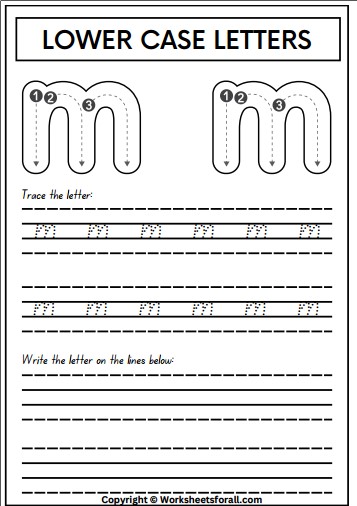
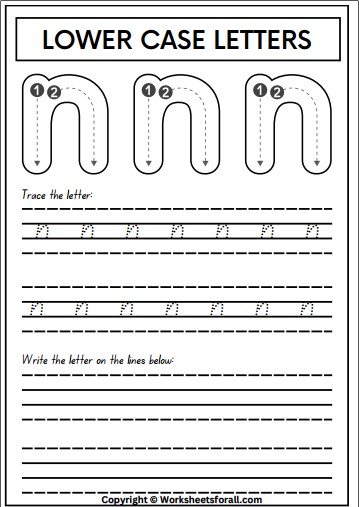
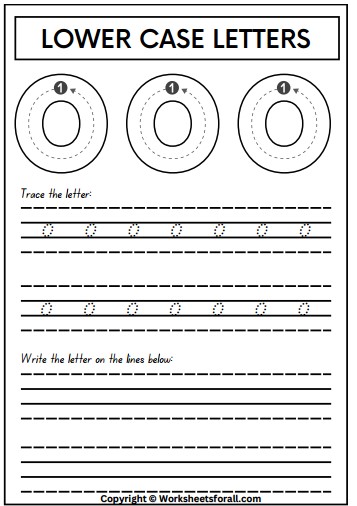
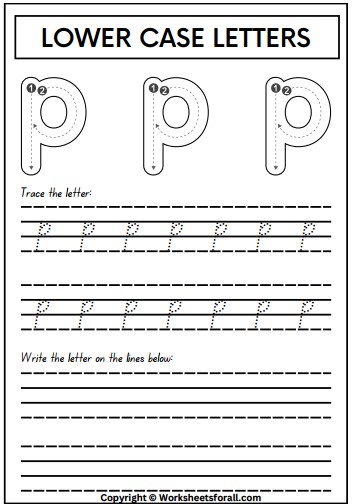
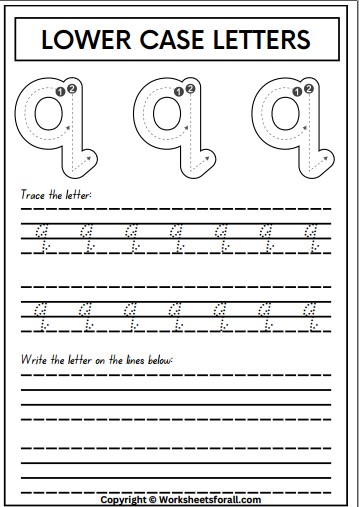
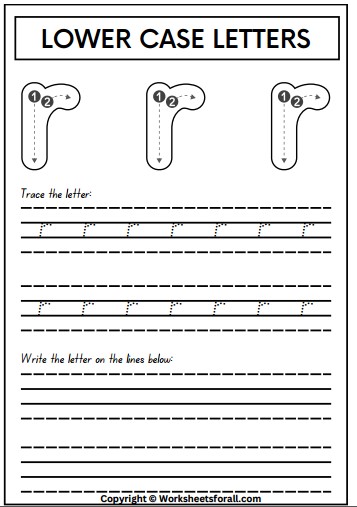
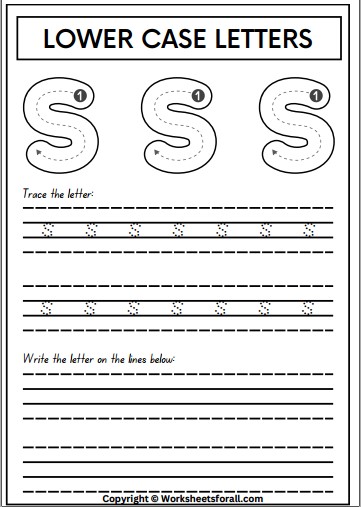
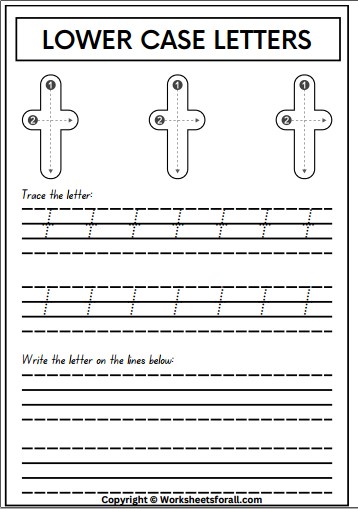
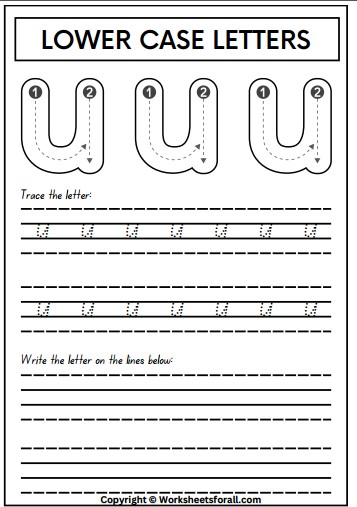
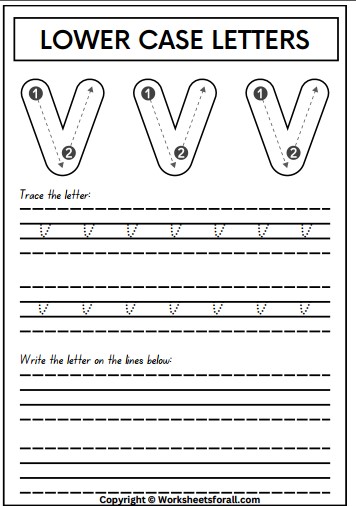
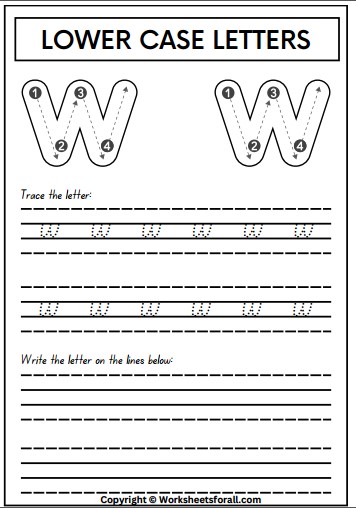
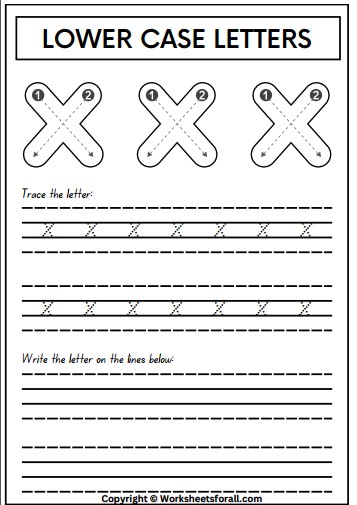
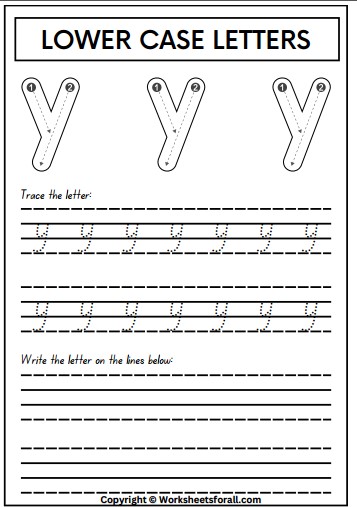
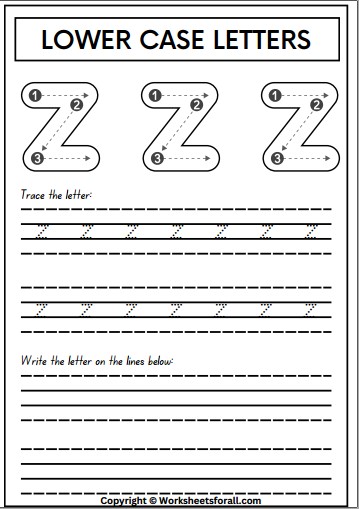
Please Write Your Comments